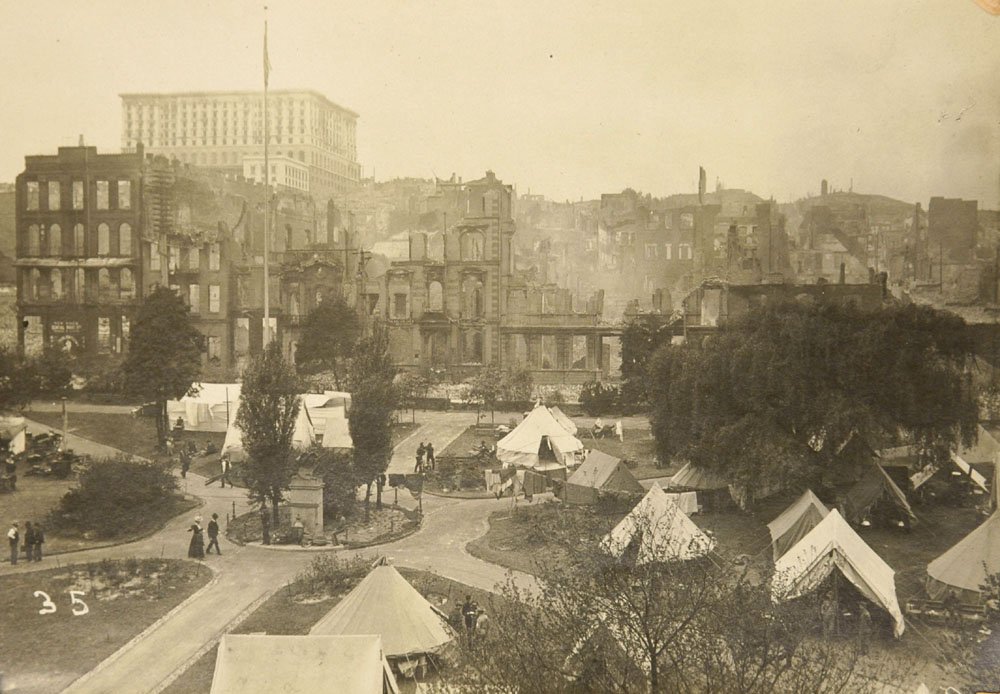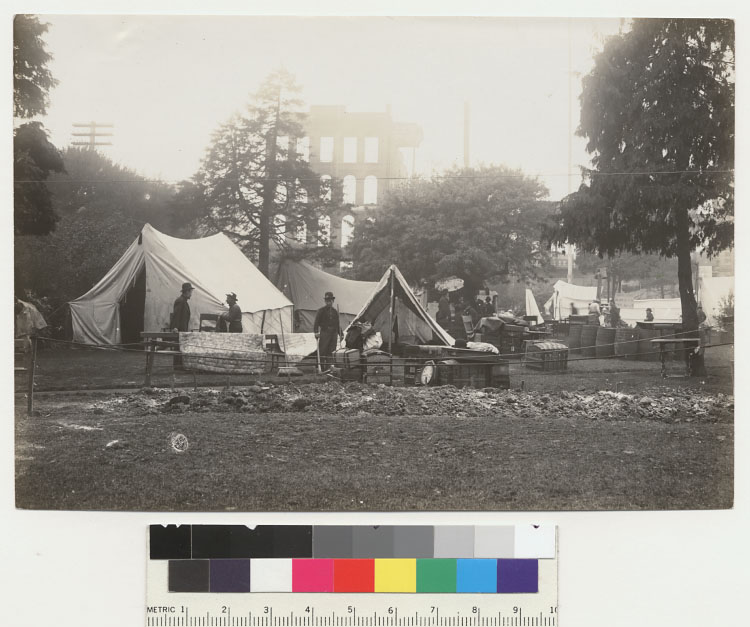Portsmouth Square
The Telephone Exchange
Early Yerba Buena/San Francisco and its key figures


Founded Yerba Buena as a trading post in 1835

Early Members of the Society of California Pioneers and city fathers of San Francisco


Yerba Buena Cove as it would have looked in 1846

Captain of the USS Portsmouth in 1846

1st officer of the USS Portsmouth and 1st Alcade of the Village of San Francisco

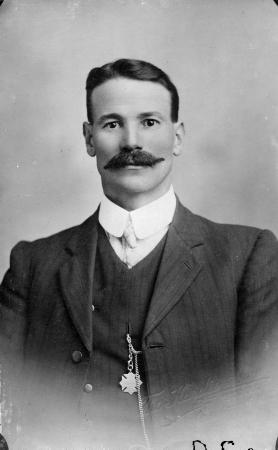
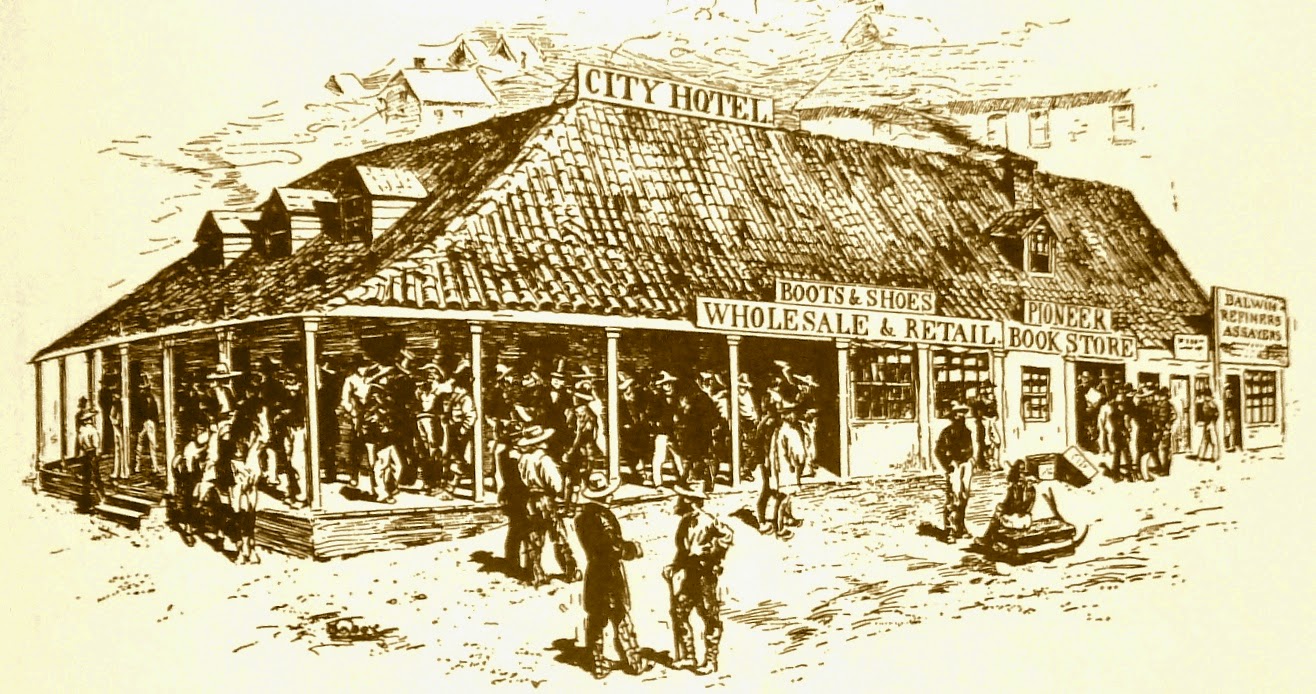
Built by Leidesdorff and later named the Portsmouth Hotel in 1846, it sat on the corner of Clay & Kearny. Was the 1st acting city hall.


Founded and Financed by Leidesdorff and built by Brannan's Mormon carpenters in 1848. Would become the city's 1st jail, post office and meeting place for the 1st Committee of Vigilance.

Author of "Treasure Island" and "Doctor Jekyll & Mr. Hyde". Came to San Francisco in 1879 in pursuit of a married woman and spent his days in Portsmouth Square waiting for her to divorce.












The Gold Rush

Owner of the saw mill where gold was discovered on the American River in 1848.

Taken in 1850 with James Marshall.

John Sutter's lumber mill foreman. Credited with the discovery of gold in 1848.

James Marshall's assistant at Sutter's Mill.

Wife of Peter Wimmer and mother of Martin Wimmer. She was instrumental in initiating both the California and Colorado Gold Rushes.


Leader of a group of 238 Mormons who arrived in Yerba Buena cove aboard the "Brooklyn" in 1846. He is credited with starting the California gold rush of 1848.

Located at what was once the NW corner of Portsmouth Square - now the SE corner of Grant and Washington.








Committees of Vigilance 1851-1877

Arrived in San Francisco during the gold rush, Coleman became chairman of all three Committees of Vigilance (1851, 1856, 1877). During the 1880s he owned the Harmony Borax Works in Death Valley, CA and instituted the famous 20-mule wagon team.
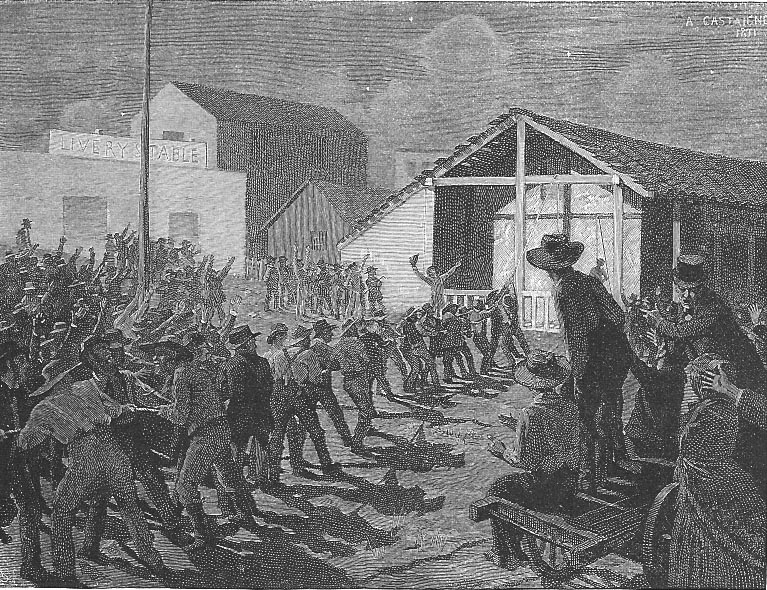
On June 10th, 1851, while the 1st Committee of Vigilance was being formed, an ex-convict and member of the Sydney Ducks, John Jenkins was caught stealing a safe. Within hours the Committee tried and executed Jenkins by hanging him from the Customs House.

The Bordello at Dupont (Clay st.) and Washington, owned and operated by Charles Cora's common law wife Belle Ryan. The two were married minutes before Charles Cora's hanging by the Committee of Vigilance.

Gambler and brothel owner who killed U.S. Marshal, William Richardson (Not Yerba Buena founder) in a dispute about his common law wife Belle Ryan attending the opera.

Editor of the Evening Bulletin. Exposed Corruption of the governing "Know Nothing" party. Was shot outside the Montgomery Block by James P. Casey and later died.
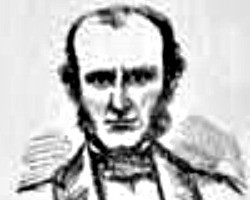
Ex-con from New York became a political figure in San Francisco After the gold rush. Believed to have tampered with the hung jury for Charles Cora's 1st trial and called out in James King of William's Evening Bulletin newspaper. Murdered King in June of 1856.

Located at the corner of Sacramento and Montgomery streets. - 1856

The 1856 Committee stormed the city jail and took as prisoners Charles Cora and James Casey.


May 26th, 1856

Fort Vigilance nicknamed "Fort Gunny Bags" as it was surrounded by sand bags on Sacramento street and had cannons on the roof in case the opposing "Law & Order" party across the street ever threatened violence.

2 Sacramento Street

California Supreme Court Judge David S. Terry stabbed Sterling Hopkins, a member of the Committee, and fled to the "Law & Order" armory across from Portsmouth square. Terry was arrested and release after a Committee trial in August. Terry would later kill State Senator David C. Broderick in the last duel in California.

Former political Allies took part in last duel in California. A marker at the site can be found just off Lake Merced Blvd. in Daly City.


Member of the 3rd Committee of Vigilance which helped quell an anti-Chinese riot in 1877. Went on to form the California Workingman's Party which would support the Chinese exclusion Act and other anti-Chinese legislation.















Views of the West Side of Portsmouth Square (The Plaza)


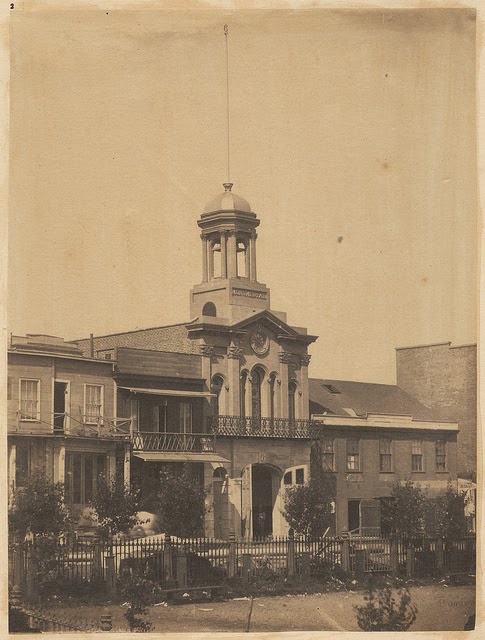
Location of Monumental Fire Company #6 - the original fire company after the great fires from December 1849 to June 1851.

Can now be found at the San Francisco Fire Department Museum, 655 Presidio Ave.

Now Walter U. Lum Place

Born in San Francisco, Lum advocated for Chinese-American rights curbed by the Chinese Exclusion Act of 1882. He was the vice-president and managing director of the China Mail Steam Ship Line. He funded study courses for Chinese-Americans and founded a school in Chinatown.






Views of the North Side of Portsmouth Square
Views of the East Side of Portsmouth Square


Site of the 1st Great Fire on Christmas Eve 1849


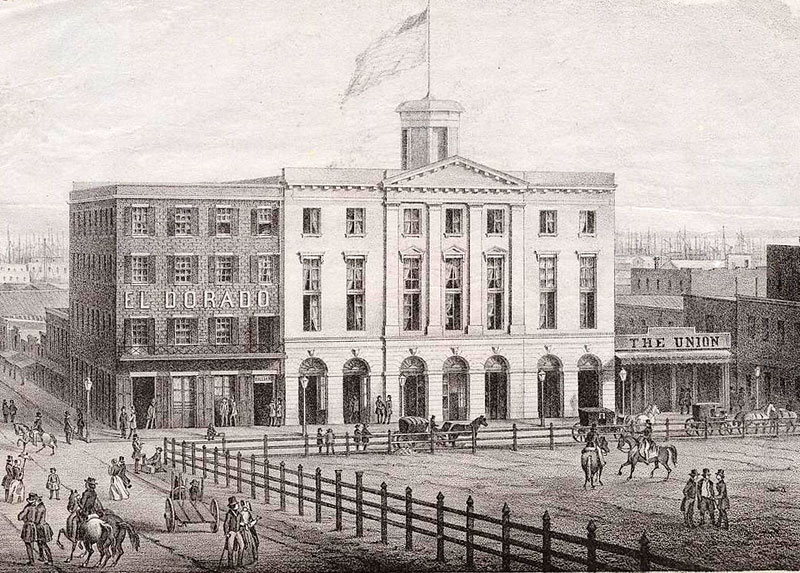























South Side of Portsmouth Square and Clay Street Cable Car

Located on the SW Corner of Clay & Kearny


August 1873

September 1873. Andrew Hallidie's 1st run of the Clay st. Hill line took place at 4:00 am. By 1893 there were 23 individual cable car lines operated by independent franchisees.
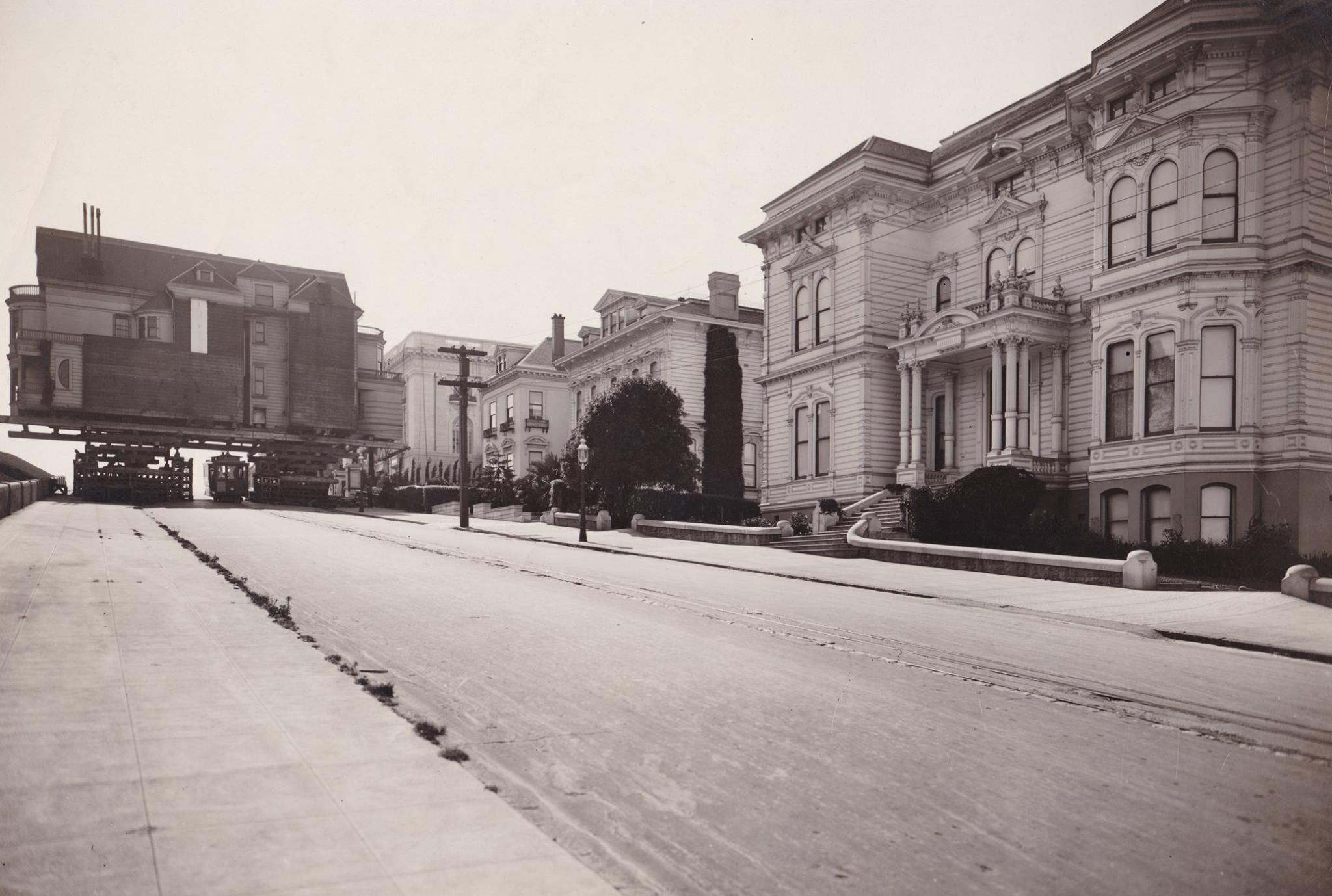

From the movie, "The Lady From Shanghai"






1906 Earthquake & Fire at The Plaza
















